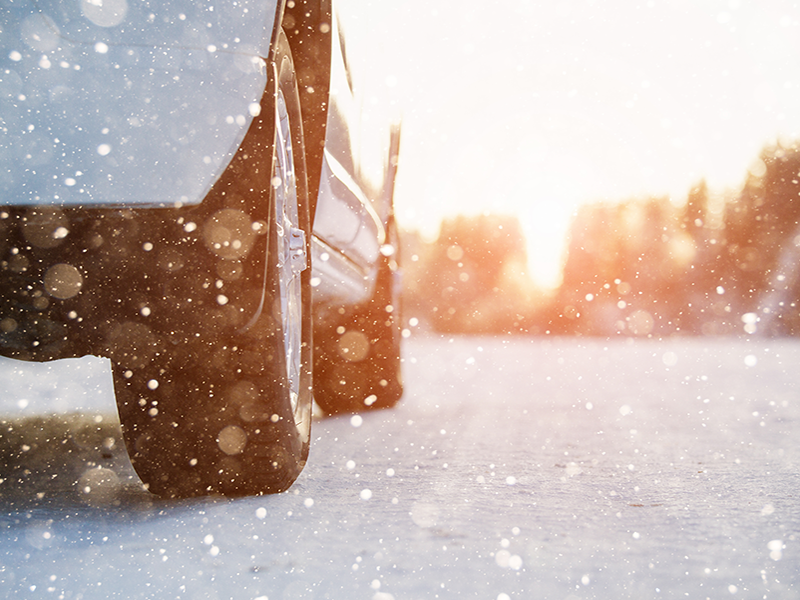Winter can affect your vehicle’s battery so make sure you go for regular drives as it can take only 2 weeks for your battery to go flat if you leave your vehicle idle. Keep an eye on the level of charge and get you battery checked before winter sets in.
3rd December 2021
Essential tips for safer journeys this winter

With the temperature going down, it’s important to keep your vehicle in top condition during the cold months.
For this reason, we wanted to share a few but important tips to help you have safer and merrier journeys this winter.
Regularly check and top up your vehicle fluid levels. This may include brake fluid, power steering fluid, engine coolant and oil levels, wiper washer fluid and automatic transition fluid (if your vehicle has an automatic gearbox).
Antifreeze is essential during the winter months as it keeps your vehicle’s engine running smoothly and from freezing. If your coolant levels are low, don’t forget to top it up.
During winter, there’s less daylight so make sure all your lights are in good shape. If your indicators, hazards lights, headlights, fog lights, reverse lights or brake lights are not functioning properly, this requires immediate attention.
Winter tyres aren’t required by law in the UK, however they can be much safer when it’s cold. The main difference between summer and winter tyres is that winter tyres are made from different rubber compounds and their tread pattern has more grooves which helps to disperse water.
Also don’t forget to regularly check your tyre tread depth. Read our guide to find out how to check your tyres correctly to ensure legal compliance as well as keep you safe on the road.
It’s important to ensure good visibility all year round. Failure to be able to see out of every glass panel in your vehicle and have a clear view of the road ahead before you set off in adverse weather conditions could incur a fine. During winter, you may often find your windscreen and side window frozen or covered in snow. Make sure all your vehicle’s mirrors and windows are clean before you set off on your journey.
Inspect your wipers and replace them if needed. Keep your fluid topped up and keep an ice scrapper inside your vehicle.
Are you driving an EV?
Most of the tips listed above also apply to EV drivers – make sure you always have a good visibility of the road, check your tyres regularly and ensure you have properly working lights and wipers.
Similar to ICE vehicles, EVs efficiency is also affected in the cold months. You may also need extra time to charge your vehicle. Although the temperature in the UK doesn’t drop much below zero, it’s still important to be prepared and on the safe side.
- Plan your journeys as range will be reduced and public charge points may be in high demand during winter. Make sure your vehicle has enough battery before you set off and don’t allow it to drop too low before your next charge.
- If your vehicle has eco mode, use it in order to reduce power consumption and maximise range.
- Park your EV in an enclosed parking space where possible.
- Pre-condition your EV before your journey whenever possible whilst your vehicle’s battery is still charging to aid performance.
Winter Driving conditions.
Don’t forget to check the weather forecast before getting behind the wheel. Allow extra time for your journeys and plan ahead your routes.
Read our guide to help prepare you for winter driving conditions and ensure you drive safely on the roads.